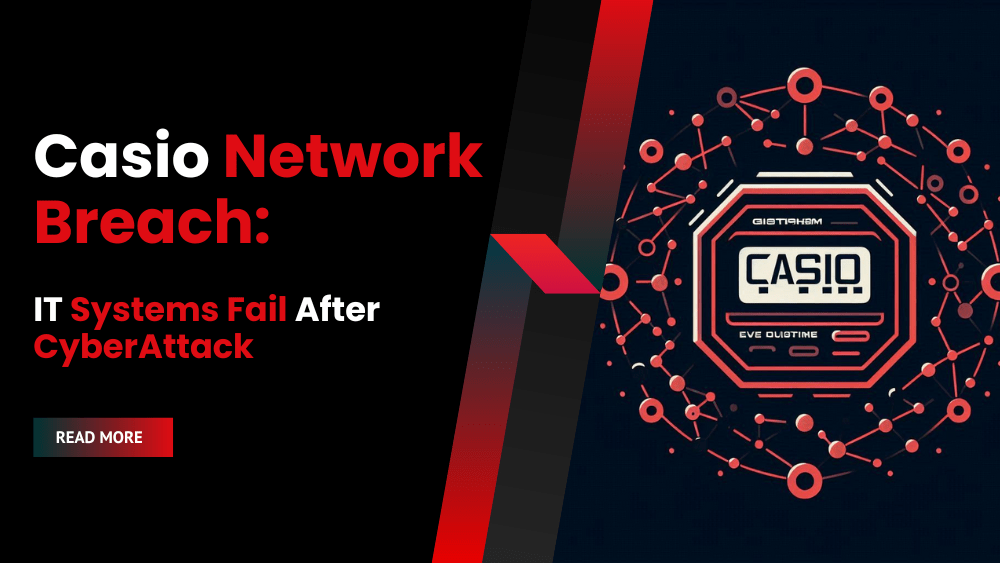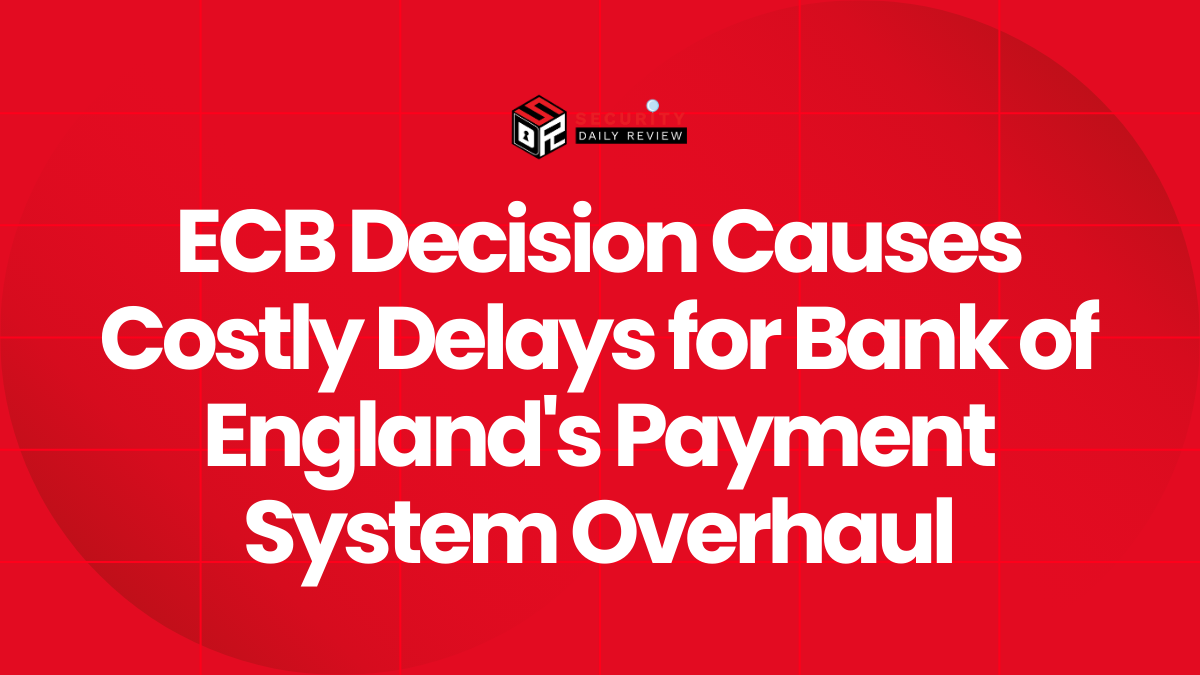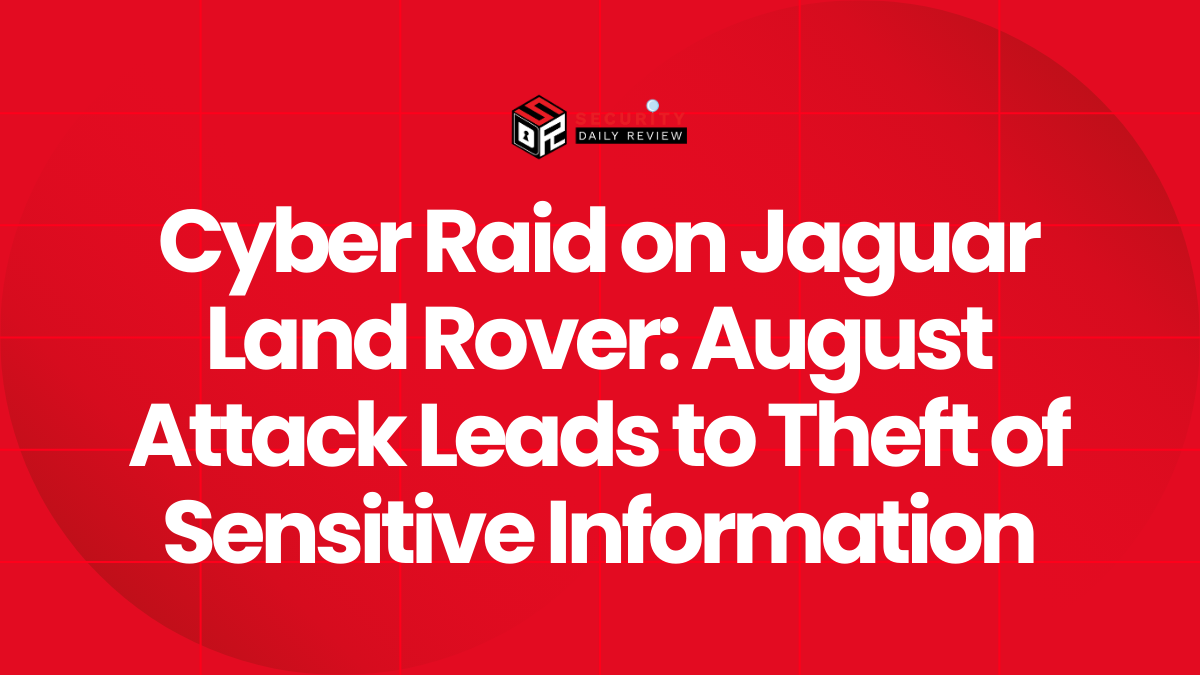Casio network breach has resulted in a significant IT systems failure for the Japanese tech giant.
The incident, which occurred over the weekend of October 5th, 2024, saw unauthorized access to Casio’s internal networks, leading to widespread service disruptions. This latest Casio network breach follows a previous data breach incident approximately a year ago, highlighting ongoing cybersecurity vulnerabilities.
The October 5th Network Intrusion and its Fallout
On October 5th, 2024, Casio Computer Co., Ltd. detected unauthorized access to its network by a third-party actor. This Casio network breach triggered an immediate internal investigation. The investigation confirmed that the unauthorized access resulted in a system-wide disruption, rendering several Casio services temporarily unavailable. The exact nature and extent of the impacted services remain undisclosed, pending the completion of the ongoing investigation.
Casio’s official announcement, published on its website, stated: “Casio Computer Co., Ltd. confirmed on October 5 of this year that its network had been accessed by a third party in an unauthorized manner…As a result of an internal investigation, it was determined that this unauthorized access caused a system disruption, and some services are currently unavailable.”
The Ongoing Investigation and Data Breach Concerns
Casio is collaborating with external cybersecurity specialists to thoroughly investigate the extent of the Casio network breach. A critical aspect of this investigation is determining whether the unauthorized access compromised any sensitive data, including personal information or confidential business data. While Casio has not yet confirmed a data breach, the possibility remains a significant concern. The company has proactively reported the incident to the relevant data protection authorities, demonstrating a commitment to transparency and compliance.
The uncertainty surrounding potential data loss adds another layer of complexity to the Casio network breach. The company’s silence on specifics highlights the sensitive nature of the ongoing investigation and the need to avoid premature conclusions.
Previous Data Breach and Financial Implications
This latest cybersecurity incident comes on the heels of a previous Casio network breach approximately one year prior. That breach targeted the servers of Casio’s ClassPad education platform, exposing customer data from 149 countries. The compromised data included names, email addresses, countries of residence, service usage details, purchase information, license codes, and order details. This prior incident underscores the vulnerability of Casio’s systems and the need for robust cybersecurity measures.
Adding to the challenges, Casio recently announced extraordinary losses of nearly $50,000,000 due to a large-scale personnel restructuring. This financial strain, coupled with the costs associated with the current Casio network breach and its aftermath, presents significant financial pressures for the company.
The Lack of Ransomware Claim and Speculation
At the time of writing, no ransomware group has claimed responsibility for the Casio network breach. This absence of a public claim does not rule out the possibility of a ransomware attack, as attackers often operate clandestinely. The investigation will need to determine the motives and methods employed by the perpetrators.
The Ripple Effects of the Casio Network Breach
The Casio network breach serves as a stark reminder of the ever-present threat of cyberattacks, even for large, established companies like Casio. The incident’s impact extends beyond immediate service disruptions, encompassing potential data breaches, financial repercussions, and reputational damage. The ongoing investigation will be crucial in determining the full extent of the consequences and informing future cybersecurity strategies for Casio and other organizations. The lack of immediate details surrounding the specifics of the breach further emphasizes the need for robust cybersecurity protocols and incident response plans across all industries.









